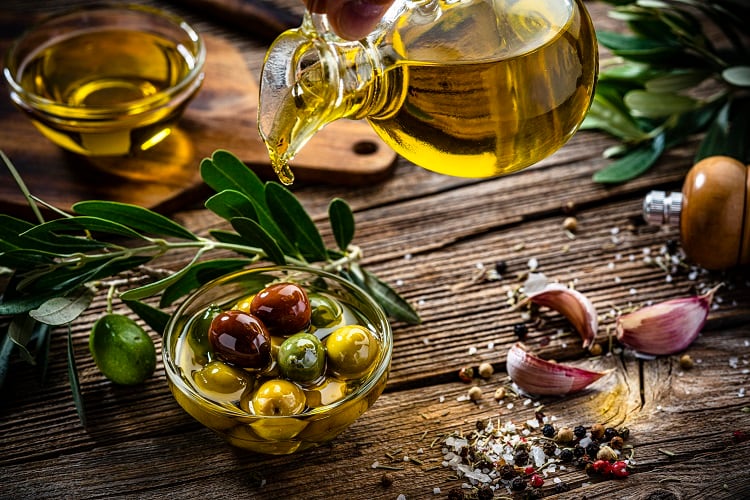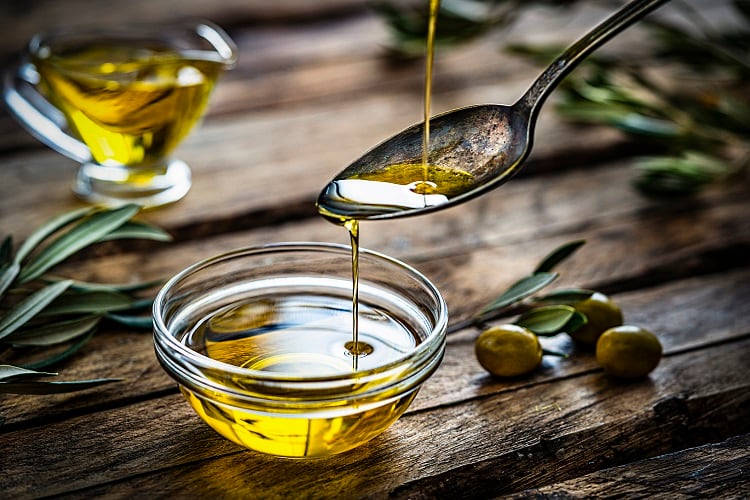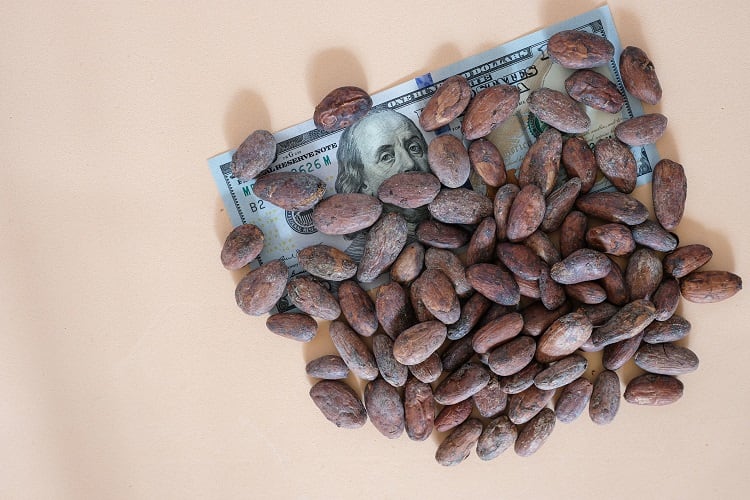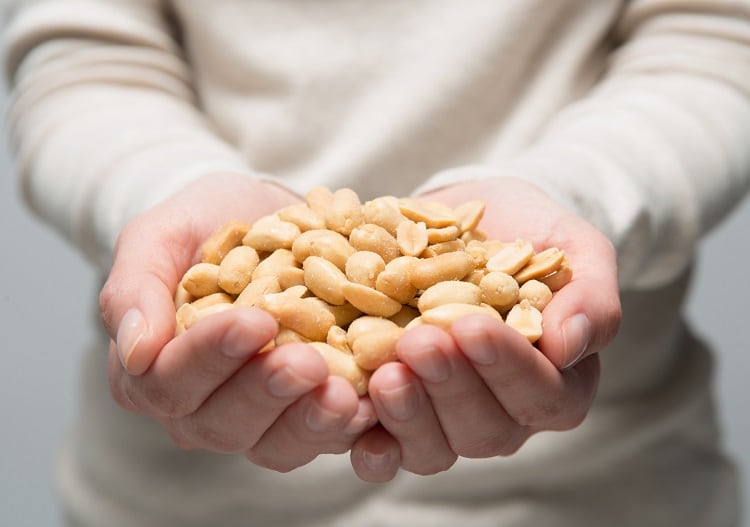The price of olive oil has seen an extraordinary increase in recent years, with figures from market analyst firm Mintec Global showing a record high of €9.20 per kilogram, reached in January 2024.
But why are we seeing this sharp increase and is this trend sustainable when many consumers are already stretched by the cost-of-living crisis.
Why is the price of olive oil rising?
As with many other commodities, such as butter, cocoa, coffee and sugar, environmental issues have had an impact on the production of olive oil. In particular, drought in the primary growing regions.
“The increase has been caused by drought conditions, particularly in southern Spain, which is the largest producing country,” Lisa Mullins, marketing manager for Italian olive oil brand, Filippo Berio, told FoodNavigator. “This follows a poor harvest the year before.”
The effects of climate change on the global food supply are causing significant concern as multiple sectors of the food industry have experienced shortages. FoodNavigator recently reported on the shortage of peanuts supplied to Europe from Argentina. This again was a direct result of drought in the growing regions and affected the 2022/23 crop.
According to environmental analyst firm, Gro Intelligence, the drought was “one of the worst droughts in the past two decades."
And it’s not just southern Spain that has been experiencing droughts. Multiple countries across Europe have experienced droughts in the past three years resulting in worsening harvests of olives. In particular, Portugal and Greece, which are large producers of extra virgin olive oil, are suffering prolonged and devastating droughts.
“Long-lasting, above-average temperatures, warm spells and poor precipitation have led to severe drought conditions in the Mediterranean region.”
“Long-lasting, above-average temperatures, warm spells and poor precipitation have led to severe drought conditions in the Mediterranean region,” said a spokesperson for the European Commission. “The ongoing drought is already having critical impacts, according to the report compiled by the JRC-run European Drought Observatory (EDO).”
These conditions are predicted to continue, at least in the near future, with forecasters predicting no end in sight.
“As the drought’s severity is expected to persist, concerns rise about its impacts on agriculture, ecosystems, drinking water availability and energy production,” adds a spokesperson for the Commission.
Furthermore, production data released by the European Commission indicates a poor olive oil crop of 175,000 tons, the lowest in the last six years.
This is not the first time olive farmers have faced challenges, which have seriously affected their crops. Xylella Fastidiosa, sometimes called olive leprosy or olive ebola is a bacterium, native to the Americas, but in 2013 it was identified as the cause of death of olive trees in southern Italy.
In addition to environmental impacts, olive oil producers are also contending with the ongoing increase in energy and production costs. Though energy costs have started to decline in recent months, with the Agriculture and Horticulture Development Board (AHDB) noting that, “energy and fuel price inflation has decreased by 17% from the start of 2023,” production costs remain high. This is contributing towards the increase in the cost of olive oil.
“Existing inflationary pressures across the olive oil market have been exacerbated by issues such as the dry weather and heatwaves experienced across Europe last year, leading to a decline in production,” Jeremy Gibson, marketing director at Princes Group, which owns olive oil brand, Napolina, told FoodNavigator. “At the same time, demand remains extremely high across Europe, which is keeping prices high.”

Consumer concern over rising olive oil prices
The industry is concerned that this increase in the price of olive oil is alienating consumers and pushing them towards alternatives on the market.
“Concerns have emerged regarding consumption trends, with market players noting a decrease influenced by the elevated retail prices of olive oil compared to alternative cooking oils such as sunflower or rapeseed,” explains Mintec’s Kyle Holland, who reports on oilseeds and oils. “This concern is compounded by fears of an economic recession within the EU, which historically leads consumers to seek more affordable alternatives, potentially dampening demand for olive oil at current price levels.”
Though this drop in demand could help to balance prices in the short-term, it could cause issues for the industry if and when supplies do recover.
What does the increase olive oil prices mean for food manufacturers?
The changing climate is impacting the production of olive oil to such an extent that manufacturers are concerned they will be unable to meet consumer demand.
“There is the very real possibility that there won’t be enough olive oil to satisfy demand,” says Filippo Berio’s Mullins.
Olive oil production forecast for 2023/24 season:
- Global production forecast: 2.28 metric tonnes
- Global consumption forecast: 2.90 metric tonnes
- Resulting shortfall: 620,000 tonnes
Source: International Olive Oil Council (IOOC)

What is the future for olive oil production and prices?
It appears the current issues with the price of olive oil are set to remain for the foreseeable future as changing weather conditions continue to blight the industry.
“The olive oil market is highly volatile as a result of climate issues and supply demands, making it difficult to forecast how prices will shift in the coming months and years,” explains Princes Group’s Gibson. “We fully understand the challenges being faced by consumers at this time and we are continuing to explore all options to secure supply and keep prices as low as possible.”
With the issues facing the olive oil industry, mirroring issues also faced by commodities such as butter, cocoa, coffee and sugar, we have to wonder if this is the new normal for food prices as supply struggles to meet demand.





